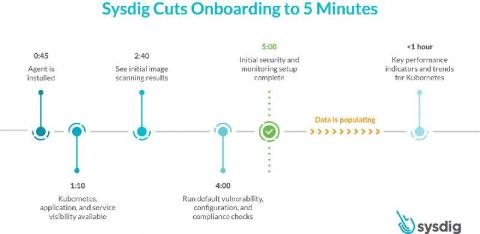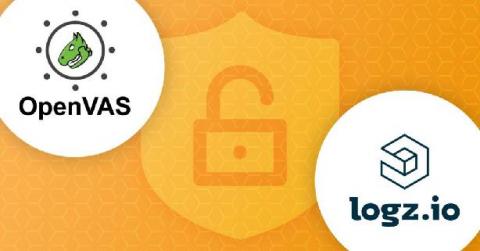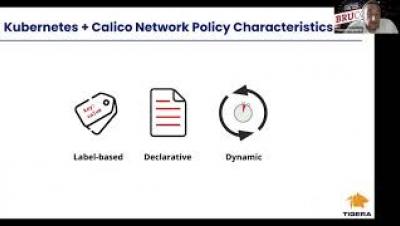Sysdig cuts onboarding for container and Kubernetes visibility and security to 5 minutes
Today, we are excited to announce a faster onboarding for Kubernetes visibility and security. With the SaaS-first approach and new enhancements to the Sysdig Secure DevOps Platform, you can get results after just a five-minute setup. This release includes a new guided onboarding process, out-of-the-box dashboards as part of curated essential workflows, and a new Sysdig Essentials tier. 5 minutes to onboard secure DevOps - YouTube An error occurred.











